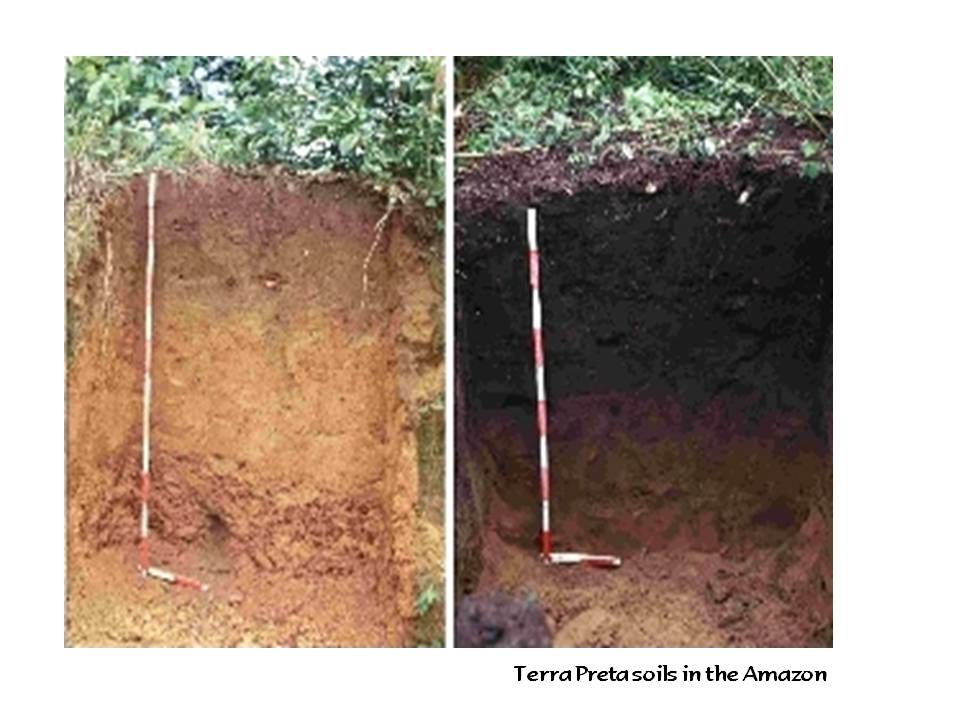Ready for a super quick history lesson on Biochar? Most credit pre-Colombian Indians in the Amazon with first discovering the benefits of burying carbon in soils. By burning their agricultural waste in ‘cool fires’ (yes we think this is an oxymoron too!), the waste was converted into a highly stable form of carbon. Had they used a regular old hot fire, the waste would turn to ash. And while ash can have some marginal benefit to soils, it is usually very short term. Charcoal, on the other hand hangs out in the soil. In the case of the Amazon soils, we are talking 2,000 years. Not too shabby! Mind you they stopped adding carbon to the soils over 500 years ago when a certain civilization came calling with all sorts of nasty new diseases which did not bode well for these pre-Columbian agrarians.
The lesson learned here is that biochar is practically immortal! Sadly eating it will NOT make you immortal. (We do NOT recommend that!)
Fast forward to about 50 years ago and we see an intrepid Dutch soil researcher named Wim Sombroek digging through the Amazon (not on a whim!). Amidst all sorts of infertile soils, he finds black earth (if you were fluent in Portuguese you would call that Terra Preta). So a huge shout out goes to Wim (RIP).
Jump in the time machine to the last decade or so and things are starting to get really exciting. Research is happening all over the world due to the potential biochar has for boosting soil fertility and pulling some of the excess carbon out of the atmosphere. You can join this part of the journey and become CHARred for Life! (See B the Change for more details)

